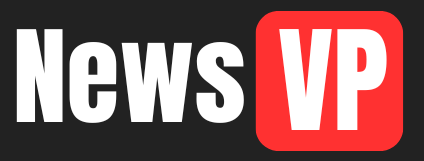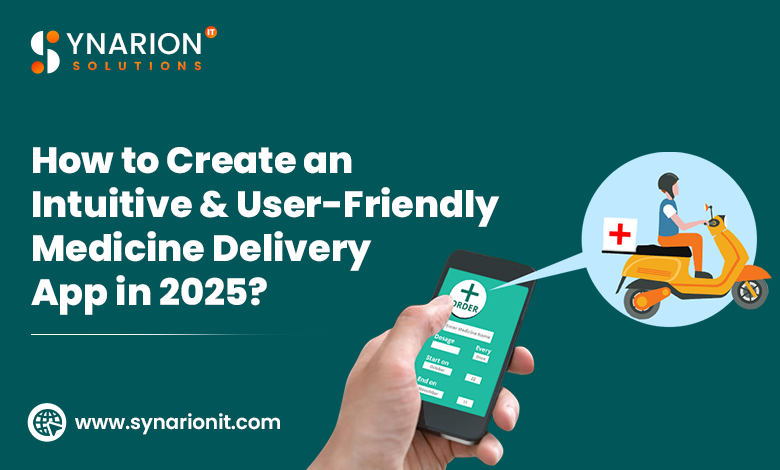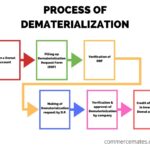In 2025, the demand for efficient and accessible healthcare solutions continues to grow, and medicine delivery apps have emerged as a key player in this transformation. These apps are bridging the gap between pharmacies and patients, offering a streamlined way for users to access medications quickly, securely, and without the need to leave their homes. For Medicine Delivery App Development, certain design principles, technological innovations, and market considerations need to be followed.
What is a Medicine Delivery App?
A Medicine Delivery App is a mobile application designed to simplify the process of purchasing medications. Users can order prescribed medicines, over-the-counter drugs, and wellness products through the app, which are then delivered directly to their homes. These apps offer convenience, speed, and a high level of security to ensure users receive their medications as prescribed. With the rise of digital health services, such apps are essential for improving patient outcomes and ensuring that patients have quick access to critical medications.
Key Features of a Medicine Delivery App
Creating a functional and user-friendly app requires a strategic approach to feature development. Below are the essential features for a successful medicine delivery app in 2025:
User-Friendly Interface
A clean, easy-to-navigate interface is key to any successful mobile app. The first step in medicine delivery app development is to ensure that the design is intuitive. The app should allow users to easily browse, search, and place orders without confusion. Key components include:
- Clear categorization of medicines
- Simple navigation with tabs for easy access to prescription, order history, and account management
- Search filters for specific medicines, dosage, or brand names
- Easy-to-read fonts and attractive design
Prescription Upload and Validation
One of the primary features of a medicine delivery app is the ability to upload prescriptions. In 2025, an effective medicine delivery app development company will ensure that the process is secure and seamless. The app must allow users to:
- Upload prescription images via their smartphones
- Automatically validate prescriptions using AI-driven technology or pharmacy personnel
- Provide users with the option to consult a licensed pharmacist or doctor through in-app chat or video calls for verification or advice
Real-Time Tracking
Real-time tracking of orders is a crucial component in enhancing user satisfaction. Users should be able to track their medications from the moment they place the order until they receive it at their doorstep.
- Track delivery status with live updates
- Estimated delivery times with options to reschedule
- Notifications for order confirmation, dispatch, and delivery
Multiple Payment Options
Offering a range of secure and easy-to-use payment methods will make it easier for customers to complete their transactions. Features to include are:
- Credit/debit card payments
- E-wallets (like Google Pay, Apple Pay)
- Cash on delivery options
- Insurance integration for applicable customers
Personalized Recommendations
To enhance the user experience and streamline the medication buying process, a good app should use AI to offer personalized recommendations. This includes:
- Suggesting over-the-counter medicines based on prescription history
- Offering wellness products or supplements based on the user’s health profile
- Reminders for regular refills, prescriptions due for renewal, or medications based on previous orders
Pharmacy Integration
Integrating the app with local pharmacies is essential for a smooth medicine delivery system. Real-time synchronization with inventory allows for:
- Availability checks for medicines
- Notifications if a specific medicine is out of stock
- Ensuring that the correct prescription is fulfilled with accurate dosages
Secure User Data and Privacy Protection
Given the sensitive nature of health-related data, security is a paramount concern. A medicine delivery app development company in 2025 should ensure robust encryption and secure user authentication protocols.
- End-to-end encryption for user data
- Secure login methods (e.g., fingerprint, facial recognition)
- Compliance with regulations such as HIPAA (Health Insurance Portability and Accountability Act)
Customer Support
Quick and accessible customer support is crucial for a seamless experience. The app should include features like:
- 24/7 chat or call support for order-related queries
- FAQs and guides to help users navigate the app
- Ability to file complaints or report issues easily
Subscription and Auto-Refill Options
For chronic medication users, offering a subscription-based service for regular refills would be an attractive feature. This can help users avoid running out of essential medications. Features should include:
- Automatic refills for routine medicines
- Notifications and reminders before the subscription renews
- Option to cancel or modify subscriptions at any time
Technology Considerations for Development
To bring an intuitive medicine delivery app to life, a medicine delivery app development company in 2025 must utilize the latest technologies. Key technologies include:
- AI and Machine Learning for prescription validation, personalized recommendations, and user behavior prediction.
- Cloud-based infrastructure for real-time data processing and storage.
- Geolocation and GPS services to track deliveries accurately and efficiently.
- Blockchain technology for transparent, secure, and verifiable transactions.
Conclusion
Building a successful and intuitive medicine delivery app requires careful planning, attention to user needs, and the integration of cutting-edge technology. A medicine delivery app development company must consider security, ease of use, and scalability in the development process. By focusing on user-friendly features such as seamless prescription uploads, real-time tracking, and personalized recommendations, developers can create a valuable solution for users in 2025, ensuring better access to healthcare services and enhanced patient outcomes.









